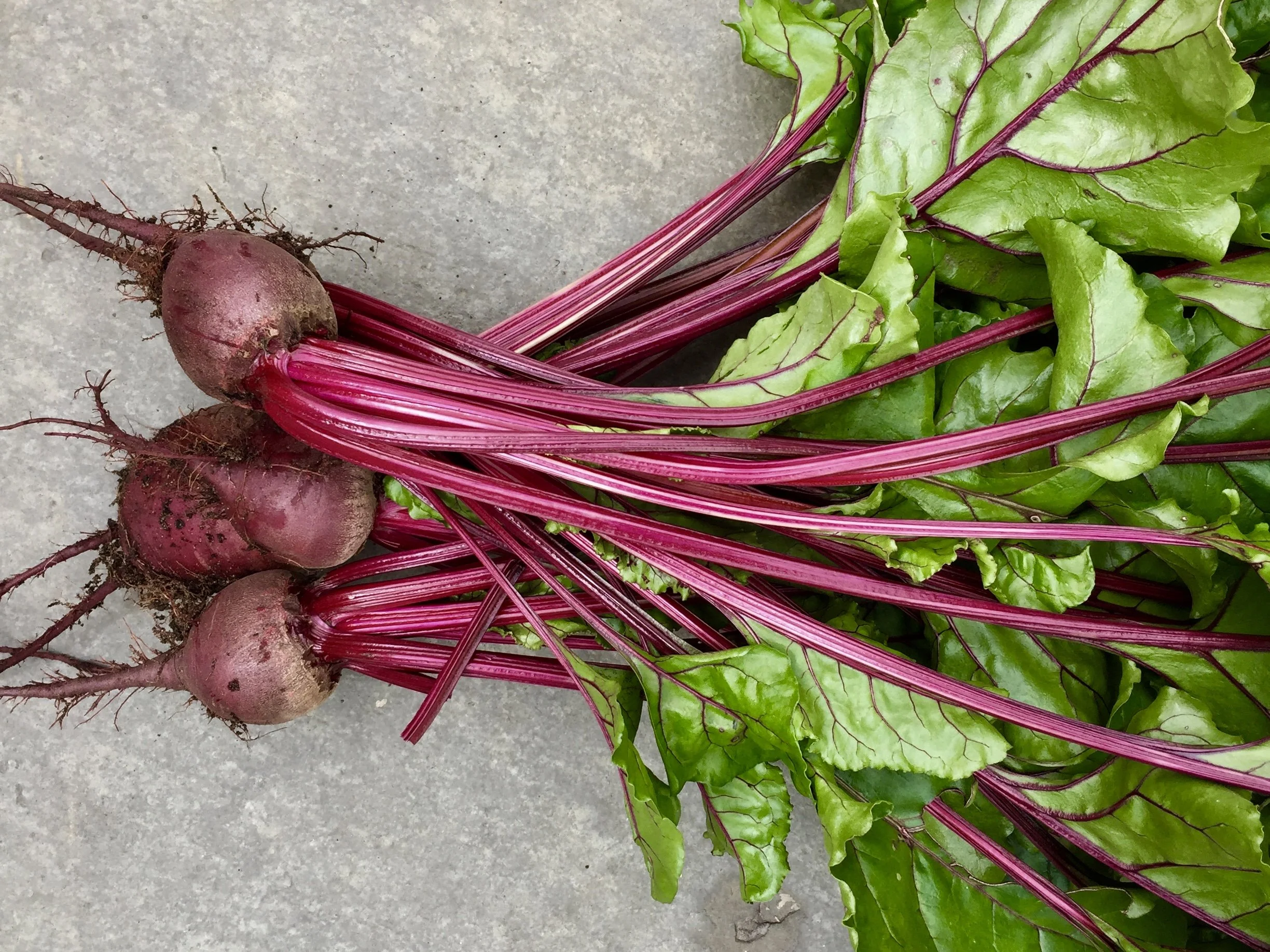Planting and Thinning Beets
Beet micro-greens—really just the yield from thinning my beets. Unless you plant mono-germ beets, each seedball/fruit will produce two to four seedlings, which of course won’t work.
Germination was better than usual this year for the six rows of twenty beet seeds each. I used a recommended seed priming technique that might explain the approximately 85% germination. There were a few still popping through the soil today. Here are the steps from Grow Veg:
Beet seeds have thick, wrinkled seed coats that soften when “washed” in several changes of water. Place seeds in a jar, cover them with room temperature water, and drain off and replace the water every 30 minutes. After six changes of water, many of the natural germination inhibitors present in the seed coats are removed. Drain the primed beet seeds on paper towels overnight, and plant the next day. Primed beet seeds emerge in 4 to 5 days, compared to 7 to 12 days for dry seeds.
Thinning beets can be tedious but sharp scIssors help. I select the sturdiest in the seed clump and snip the others with scissors. Sitting on a little garden bench, I snipped away and now have some micro-greens for a salad.
And this is what I’ll be waiting for.












